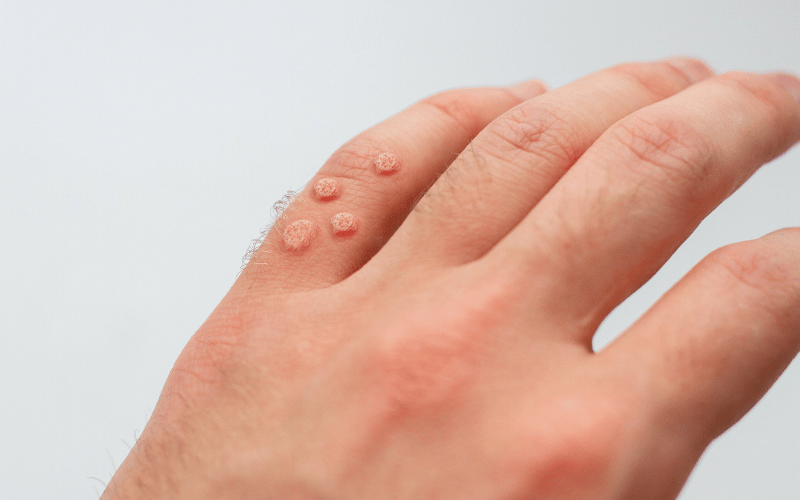Introduction: The Silent Skin Intruder: Verruca Plana
Our skin is not just an aesthetic billboard; it’s a complex organ with multiple layers, each serving a critical purpose. However, sometimes these layers can become the breeding ground for various infections and conditions. Among them is the little-known Verruca Plana or, as we often call them, flat warts. Caused by the human papillomavirus (HPV), these warts, unlike the common variants, are subtle, almost stealthy in their appearance. This subtlety often leads to late detection, making it essential to understand and identify its symptoms early on.

Flat warts have a unique story to tell, distinct from their more prominent and rough cousins. Their name itself gives away their primary characteristic. ‘Verruca’ means wart, and ‘Plana’ translates to flat. So, if you’ve been on the lookout for a raised, bumpy, cauliflower-like wart, you might be looking in the wrong direction. This article delves deep into the world of Verruca Plana to bring you the symptoms that might indicate their presence. Knowledge is the first step towards effective action, so let’s dive in and understand these silent skin intruders better.
Often, our skin’s health is a reflection of our overall well-being. While flat warts are benign, they can be a source of discomfort, especially when they manifest on the more visible parts of our bodies like the face or hands. With the rise of skin-related concerns and the plethora of information (and misinformation) available, it becomes paramount to discern between myth and fact. By recognizing the signs of Verruca Plana, one can seek timely intervention, ensuring not just the health of the skin but also peace of mind.
Symptom 1: Smooth Texture

When one thinks of warts, the immediate image that comes to mind is often that of a rough, unsightly bump. However, flat warts defy this stereotype. The texture of Verruca Plana sets them apart from the rest. Instead of the expected coarse texture, they’re exceptionally smooth to the touch.
This silken characteristic often leads individuals to overlook them initially. It’s easy to dismiss such growth as a random skin bump or even a mole. But a closer examination reveals the distinct nature of these warts. They lack the typical granular feel of common warts, which can sometimes resemble the surface of a cauliflower.
One reason behind this smooth texture lies in their growth pattern. As flat warts tend to expand outwards rather than upwards, they don’t form the characteristic peaks and troughs seen in their counterparts. This horizontal growth imparts the unique texture they’re known for.
However, this feature can be a double-edged sword. While the smooth texture means they’re less noticeable and might not cause as much cosmetic concern, it also leads to delayed identification. Recognizing this characteristic early can be crucial in seeking timely treatment and intervention.
So, the next time you spot a smooth, raised patch on your skin, it might just be a flat wart making its silent appearance. While they might feel unobtrusive, it’s essential to pay attention and possibly seek a dermatological opinion. (1)